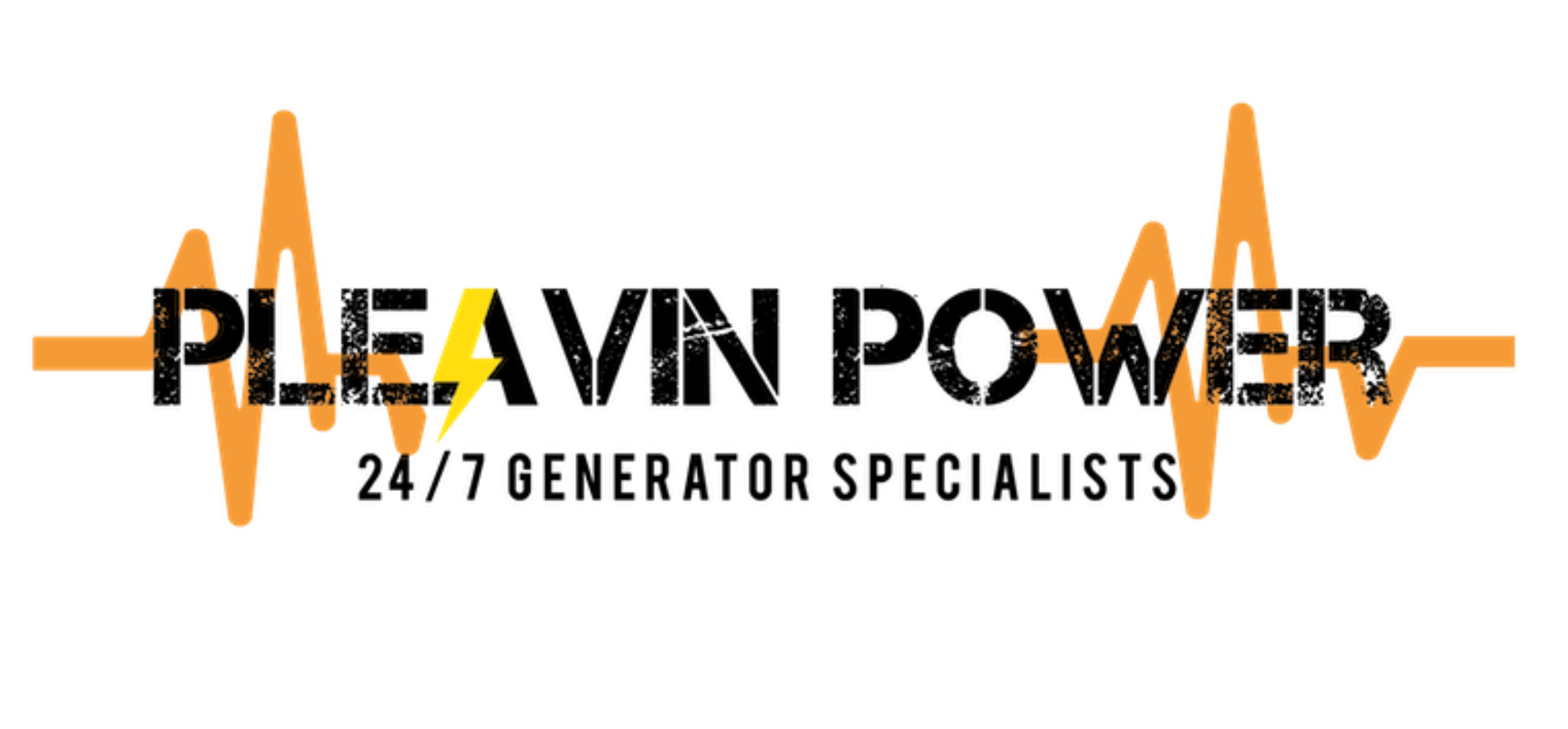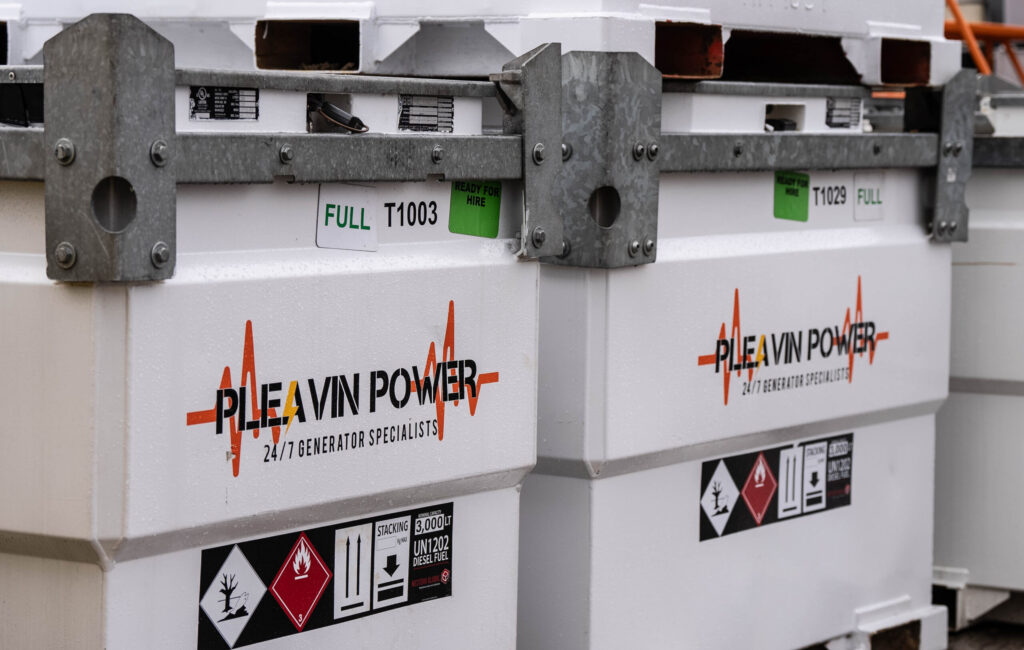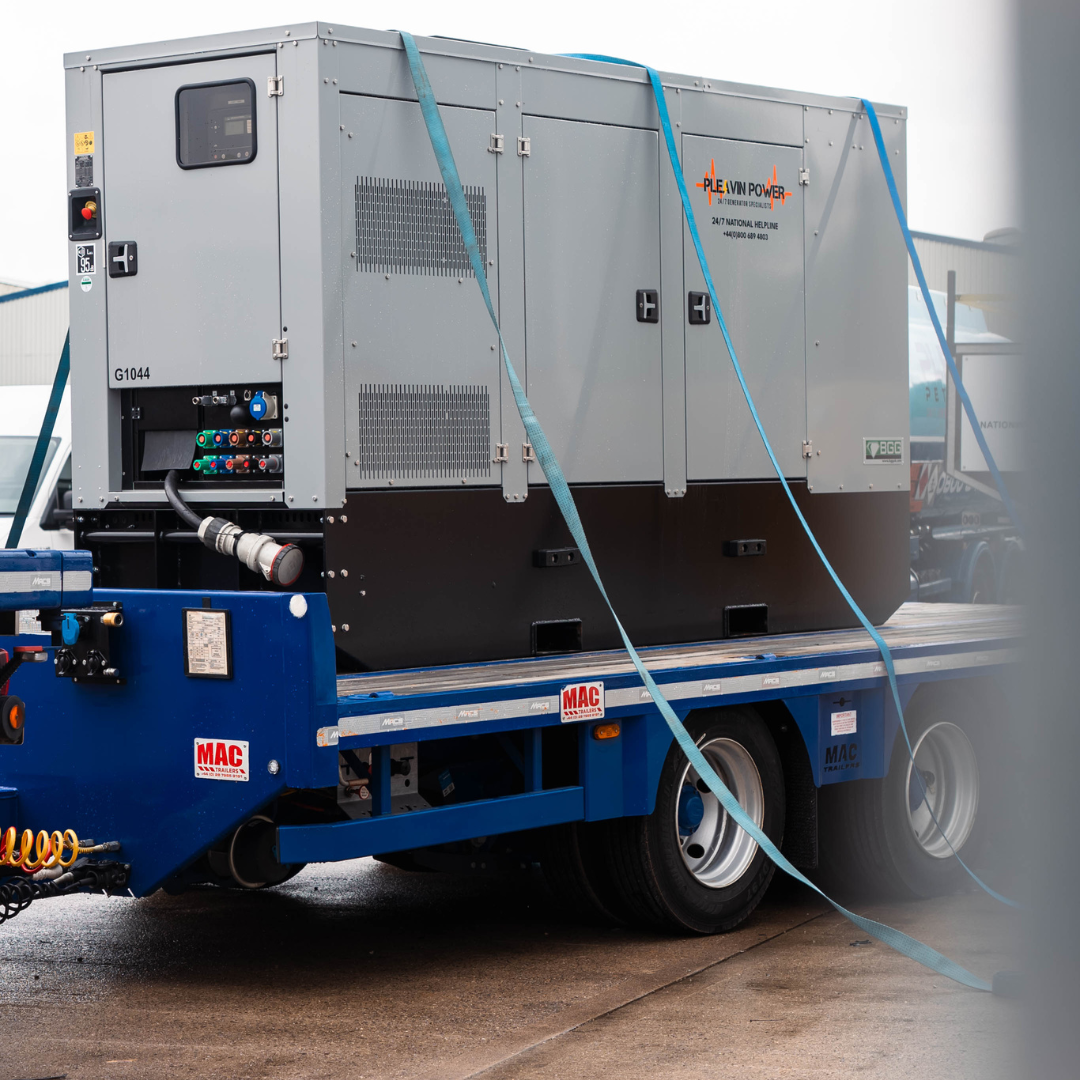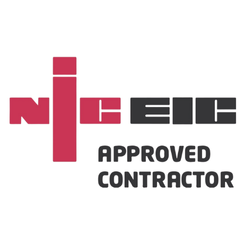In most industries, it’s absolutely critical to have a stable, reliable and uninterrupted supply of power.
From critical data servers to production lines and office systems, your key business operations will depend on it. But what happens when that power isn’t as reliable as it seems?
Poor power quality is an often-overlooked threat that can wreak havoc, causing everything from serious equipment damage to system failures and unexpected downtime.
What Power Quality Is and Why It Matters
When people think about electricity, they often focus on availability, on whether the power is on or off. But there’s another, less visible side to power, and that is its quality.
So, what is power quality? Power quality refers to the stability and consistency of the electrical power running through your systems. Ideally, your equipment will receive a steady voltage and frequency without any interruptions or irregularities.
But in the real world, it’s common for power to be disrupted by surges, sags or harmonic distortions (these are unwanted frequency components which distort the otherwise smooth sine wave of electricity). There are also weather conditions to contend with, along with faulty wiring and other more unusual or unexpected issues.
Issues with power quality may often go undetected, but they can cause serious consequences over time.
Power Quality Basics: What You Need to Know
Getting to grips with power quality and the complexities of electrical systems can be a little tricky at first. However, you don’t need a physics degree to understand some of the essential facts relevant to the running of your business.
Here are some of the basics you need to know:
- Power quality means a clean, stable supply of electricity – this is essential for equipment to run properly
- Poor power isn’t always obvious – issues like sags, surges or harmonic distortion often go undetected until damage occurs
- Even minor fluctuations can harm sensitive equipment – especially computers, control systems and generators
- Common causes of fluctuations or other problems include weather, faulty wiring, overloaded circuits or nearby industrial activity
- Poor quality power usually means higher costs – from energy waste and overheating to unexpected repairs and downtime. In fact, it causes losses of up to €150 billion EUR every year to European businesses, according to research by Swiss company Landis+Gyr
- Good power quality means longer equipment life and fewer disruptions to your operations
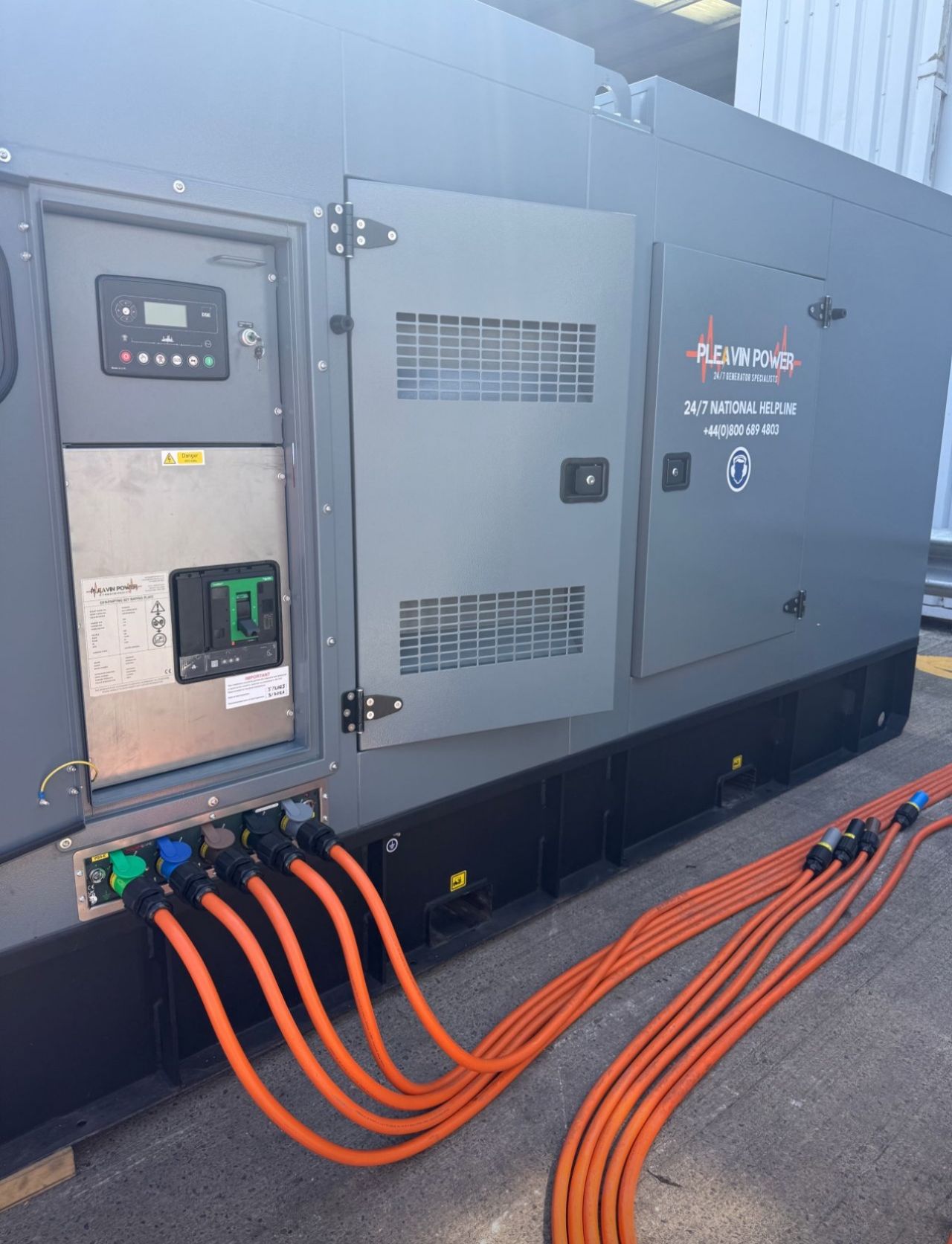
What Happens When Power Quality Goes Bad
When power becomes unstable or ‘dirty’, it introduces stress to electrical components. You can think of it like water pressure in a pipe, where if the pressure surges and dips constantly, the pipe wears out much faster. The same goes for electrical systems.
Frequent voltage dips (sags), sudden spikes (surges) or erratic waveforms (harmonics) can trip sensitive electronics, corrupt data and shorten the life of key systems and equipment.
This could spell disaster for key systems like servers, computer equipment and control panels, along with cooling units, machinery and critical safety systems. It could even shut down whole factories and production lines.
Poor Power Causes Big Problems for Your Equipment
Power quality issues don’t just cause momentary interruptions. Unfortunately, it can also lead to serious, lasting damage to your equipment.
Whether you’re running a small office or a large manufacturing plant, poor power puts your equipment and your bottom line at risk.
Overheating, Crashes and Costly Repairs
When equipment doesn’t receive consistent power, it ends up working harder to compensate. Motors may overheat, transformers may buzz and electronic controls might glitch or crash entirely. Over time, this strain leads to increased maintenance needs, reduced efficiency and even complete system failure.
Generator systems can be particularly sensitive. Even though they’re often used as part of contingency planning to provide backup during outages, they too can suffer from poor quality inputs, often if maintenance is neglected.
This is why regular power quality analysis checks are so important, to spot and fix any issues before they start to cause damage.
Hidden Ways Poor Power Hurts Your Business
Not all damage caused by poor power quality is obvious. In fact, the most dangerous thing about this kind of problem is how difficult it is to spot until it’s too late.
You may be running your business as usual, thinking that all of your systems are running well. But in the background, issues with power quality could be creating hidden losses that add up over time, such as:
- Higher energy consumption
- Increased cooling costs
- Reduced productivity
- More frequent unplanned downtime
Worse still, your team may be spending valuable hours troubleshooting unexplained faults or rebooting systems that seem to crash with no clear cause.
There’s also the risk to your reputation. If clients or customers experience delays or service interruptions because of equipment failures, the impact could go well beyond the cost of repairs.

How to Spot and Fix Power Quality Issues
The good news is that there are ways to nip power quality problems in the bud, but only with a proactive approach to monitoring and maintenance.
Once you can learn how to measure power quality (or bring in the right experts to do it for you), you’ll be able to identify when something isn’t quite right.
Tools That Help You Measure What’s Really Going On
You can’t fix what you can’t see. This is why power quality monitoring tools are essential for any business that relies on sensitive or critical electrical equipment.
So, what is power quality monitoring? This is where technicians use the latest technology to carry out an intrusive power quality study. It may involve the use of devices like power quality analysers, voltage loggers and harmonic meters, all designed to detect irregularities and pinpoint the source of the problem.
Once an initial study has identified any issues, attention can then turn to how to improve power quality. From that point onwards, it’s simply a matter of regular monitoring to keep on top of the situation.
Simple Fixes and Long-Term Solutions
Once you’ve identified a power quality issue, some fixes can be quick and straightforward to implement. For example, you may want to install:
- Surge protectors
- Uninterruptible power supplies (UPS)
- Voltage stabilisers
For businesses with larger operations, power conditioning equipment or isolation transformers might be required.
Generator servicing plays a crucial role here too. Regular inspections, load testing and controller checks ensure your backup systems are delivering clean power when needed. It could also be a good idea to sign up for remote monitoring, so you can be alerted of any dips in power quality the moment they happen.
In the long term, investing in preventative maintenance and system upgrades can save far more than they cost. A well-serviced generator, paired with a monitored and managed electrical system, dramatically reduces your risk of failure.
Want to Stay Ahead of the Problem?
Power quality might not be visible to the naked eye, but its effects are felt every time your equipment glitches, overheats or breaks down. If you’ve experienced unexpected shutdowns, unexplained faults or rising energy bills, it could be a sign that your power quality isn’t up to scratch.
A generator servicing and power quality partner like Pleavin Power is more than just a repair service. They act as a proactive protector of your business continuity. By identifying risks early and maintaining your systems regularly, they help to ensure your equipment stays reliable, efficient and ready for anything.
Don’t wait for a system failure to tell you something’s wrong. Get ahead of power quality issues before they cause costly damage. Get in touch to learn more about our generator and power quality services here at Pleavin Power.

